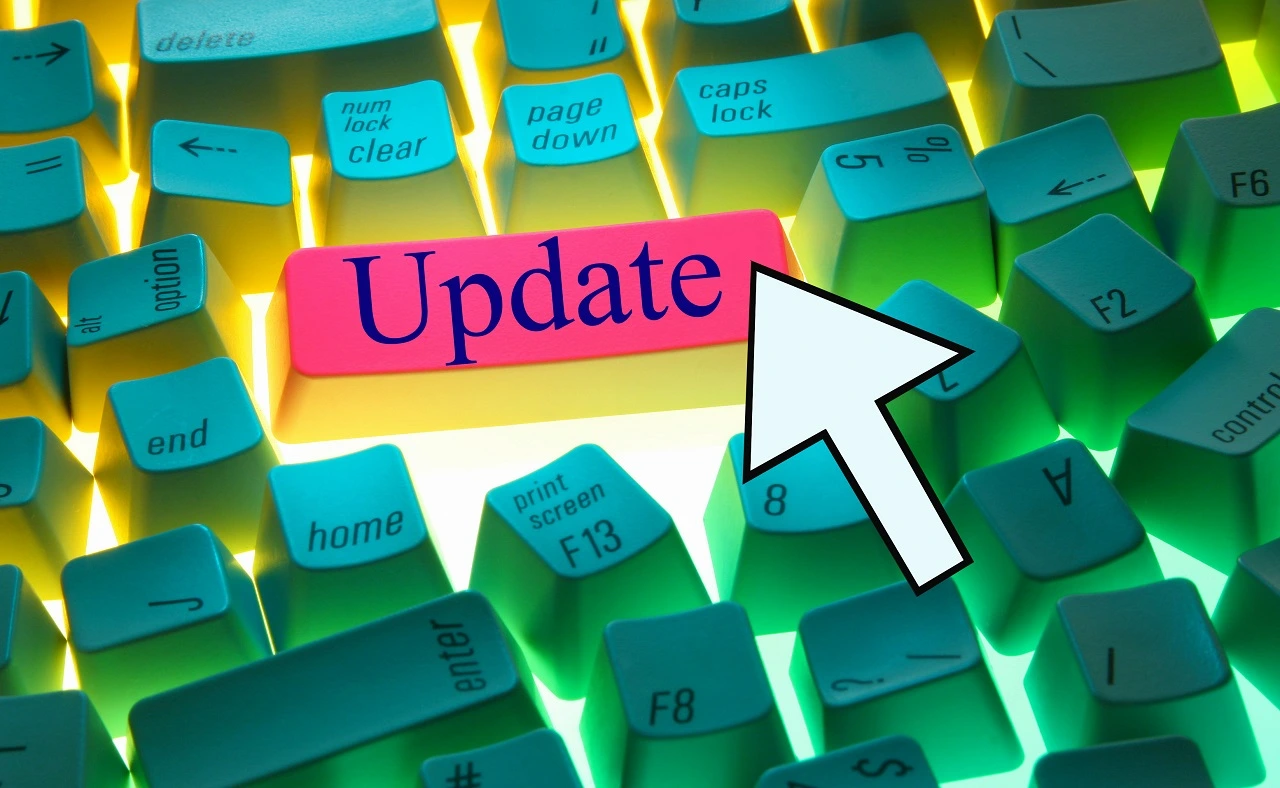
Google has rolled out two changes over the past few weeks that are important to be aware of. One affects how search data is collected and analysed by SEO tools, while the other changes how paid ads appear in Google Search.
The removal Of The “Num=100” Parameter
For many years, anyone tracking rankings would have quietly relied on a Google URL parameter called num=100, which allowed up to 100 search results to be displayed on a single page. While the feature was never officially supported, it remained functional until late October 2025, when Google suddenly disabled it.
This change has caused widespread disruption across rank tracking tools and data platforms that depend on scraped search results. Even Google Search Console has shown noticeable drops in impression data since the removal.
The impact has been immediate. Well known tracking tools have had to adapt to recreate the same depth of data, a process that may have caused increases costs and complexity. Some reporting tools will now focus on the first two pages of search results only.
While this might make rank data less comprehensive, it arguably makes it more meaningful. After all, the vast majority of users rarely scroll beyond the first two pages of search results. Some experts believe the change could even improve data accuracy by filtering out automated queries and bot-generated impressions.
Still, the update reinforces the importance of focusing on what really drives performance. High-intent keywords, genuine user clicks, and conversion behaviour.
Google’s Ad Label Update
Alongside this, Google has rolled out a redesign to its paid search listings. The traditional “Ad” label has been removed from individual listings and replaced with a single “Sponsored results” banner at the top of the results block. Users can even choose to hide sponsored results entirely after scrolling past them.
Google claims the change makes advertising “clearer and more consistent”, but marketers are more sceptical. The new grouped layout looks more like a banner, potentially triggering “banner blindness”, where users subconsciously ignore anything that looks like an advert.
Users may struggle to tell paid listings from organic ones and while this might sound like good news for advertisers, it could also mean lower click-through rates if users hide sponsored results altogether or fail to notice them at all.
For organic SEO, this may present both risks and opportunities. If fewer users engage with ads, organic listings could see more attention. But if ads appear more “native”, they could erode some of the trust that distinguishes unpaid results from sponsored placements.
What to do next
These two updates mean that adaptability is essential. Whether it is a data collection method disappearing overnight or a visual layout shift that changes user behaviour, successful businesses will be those who monitor, test and refine continuously.
- Monitor Search Console data – expect fluctuations as Google filters out bot activity.
- Audit ad performance – track click-through and conversion rates following the “Sponsored results” rollout.
- Strengthen your SEO – focus on high-value keywords and strong user intent.
How BBI Can Help
At BBI Brandboost, we stay ahead of every major search change ensuring our clients’ SEO and paid campaigns remain visible, accurate and effective.
If you’ve noticed irregularities in your ranking reports or performance data, or simply want to ensure your campaigns are future proof, get in touch with our team today. We’ll help you make sense of the changes and keep your marketing strategy on track.